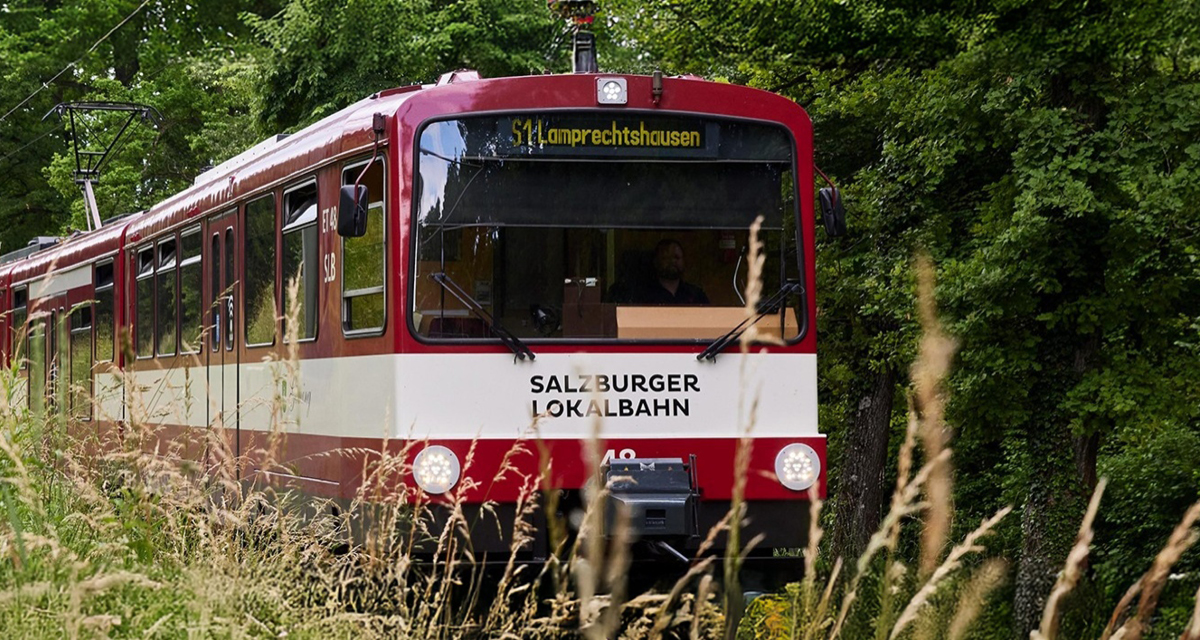Frauscher Sensor Technology has completed the divestiture to Wabtec Corporation.
Find Out MoreNotification Center

Train DetectionKazakhstan
FAdC at Vhodnaya Station
ArcelorMittal is responsible for the operation of a dedicated industrial railway infrastructure located in Temirtau, Kazakhstan. At Vhodnaya station, an essential shunting yard, various goods and materials, such as polyester, zinc, aluminium, sinter, iron ore, and coke-chemical products, are loaded and unloaded. The station's robust infrastructure features 64 switching points and 68 signals, necessitating the use of a high-performing train detection system to ensure the safe and efficient management of traffic flow.
The Vhodnaya station is a shunting yard that deals with various goods and materials, but the existing track circuit-based system for traffic management was not reliable enough due to extreme weather conditions and industrial dust contamination. To maintain uptime under such circumstances, the operator opted for a modern axle counter system, the Frauscher Advanced Counter FAdC. The new system includes 120 Frauscher Wheel Sensors RSR180 that proved to be reliable and cost-effective. By installing the new system, lifecycle and maintenance costs were significantly reduced, downtime due to train detection failures was reduced, and operational efficiency increased.
Lower maintenance costs
By installing the axle counter, lifecycle and maintenance costs have been reduced dramatically.
Greater efficiency
Efficiency in terms of traffic management and the use of freight cars has increased.
Increase in system availability
Increase in uptime due to no train detection failures, leading to greater availability.
This might also interest you

Train DetectionCanada
City of Calgary Grade Crossing Upgrade

ServicesAustria
Salzburger Lokalbahn

Train DetectionUnited States of America
Charlotte Area Transit System (CATS) Supplementing Audio Frequency Track Circuits with Axle Counters

Train DetectionSpain
Three-rail Castellbisbal
